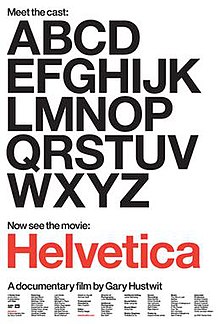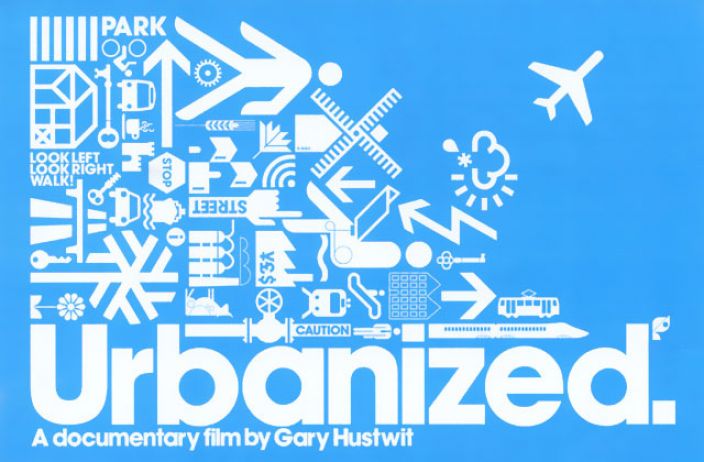He is an independent filmmaker and photographer. His film work is generally in the style of documentaries. Three popular titles are; 2007- Helvetica, 2009- Objectified and 2011- Urbanized.
This trilogy focuses on aspects of graphic design, typography, industrial design, architecture and urban planning. With a quote in an interview for Dwell magazine stating that he likes to look at things we take for granted in close detail.
"I like the idea of taking a closer look at the things we take for granted and changing the way people think about them, whether it's type or objects or whatever."
(This mindset of design is something I have taken great inspiration from when initialising the idea of my 'sense of place' project. Focusing on the inside of someones handbag is a look at the close details that most overlook, especially of an object which is taken for granted so often.)
In 2008 Gary Hustwit was nominated at the Independent spirit Awards for the "truer than fiction award."
The film we watched was "Urbanized", which is a feature length documentary about the design of cities. It focused on who is allowed to design and control the layout of our city and how this has an impact of the population living there. It also focuses on both the strategies and issues each place encounters and therefore displays which areas in turn have the best function for the people who actually live there and interact with that environment. This is one of the most important features in city design- as it must work well with the people who live there.
The Guardian "Urbanised is a brave and timely movie that manages to strike almost exactly the right tone. The more people who see this movie the better."
The Cover art for this film was composed by "Build", as was the other art for the other films.
By 2050, 75% of the worlds population with live in cities.
After watching the film it clearly illustrated how a sense of an area (links to the brief of a sense of place) is essential in order to 'work' for all those who will use or pass through it. In city planning it is therefore essential to use past and future ideas to develop the best possible outcome for development while still maintaining happiness of the people living there.
In Germany however, this was not the case as a new fast train line was initialised to update the rail links (modernise) but this caused public unrest and riots as park land and historical nature had to be destroyed in the process. Fundamentally a vote was taken though, and this was followed, meaning the riots were unjust as the majority of the population must of agreed with the intended change.
A show of incompatibility is also the case in Brasilia, in which the birds eye view approach to designing has meant that the features and monuments of the city are spread far apart; this is not 'walking friendly' and means a lot of commuting is necessary.
Commuting is a big part of city planning, as demonstrate in this documentary film as "its not the poorest- those without cars- who move the fastest". This is especially the scenario in Colombia, in which the money for town updating and maintenance is allocated to the sidewalks and bike lanes; while cars are left to move around on muddy tracks. This puts people first; and doesn't only reward the middle class.
Fundametally design should be formed around the functionality it will have for the user; whether this is architecturally, graphically, artistically or locationally influenced.
From this film the segment which carried the strongest message for me was the one of the information used in a form of gorilla marketing on Tidy St of the British town Brighton. This is best demonstrated in the image below; here graphics are used as a visual representation of how much Brighton residents use in energy. Having this displayed publicly outside the homes here initiated competition amongst residents to continually try to reduce their own consumption rates.
And it worked!



